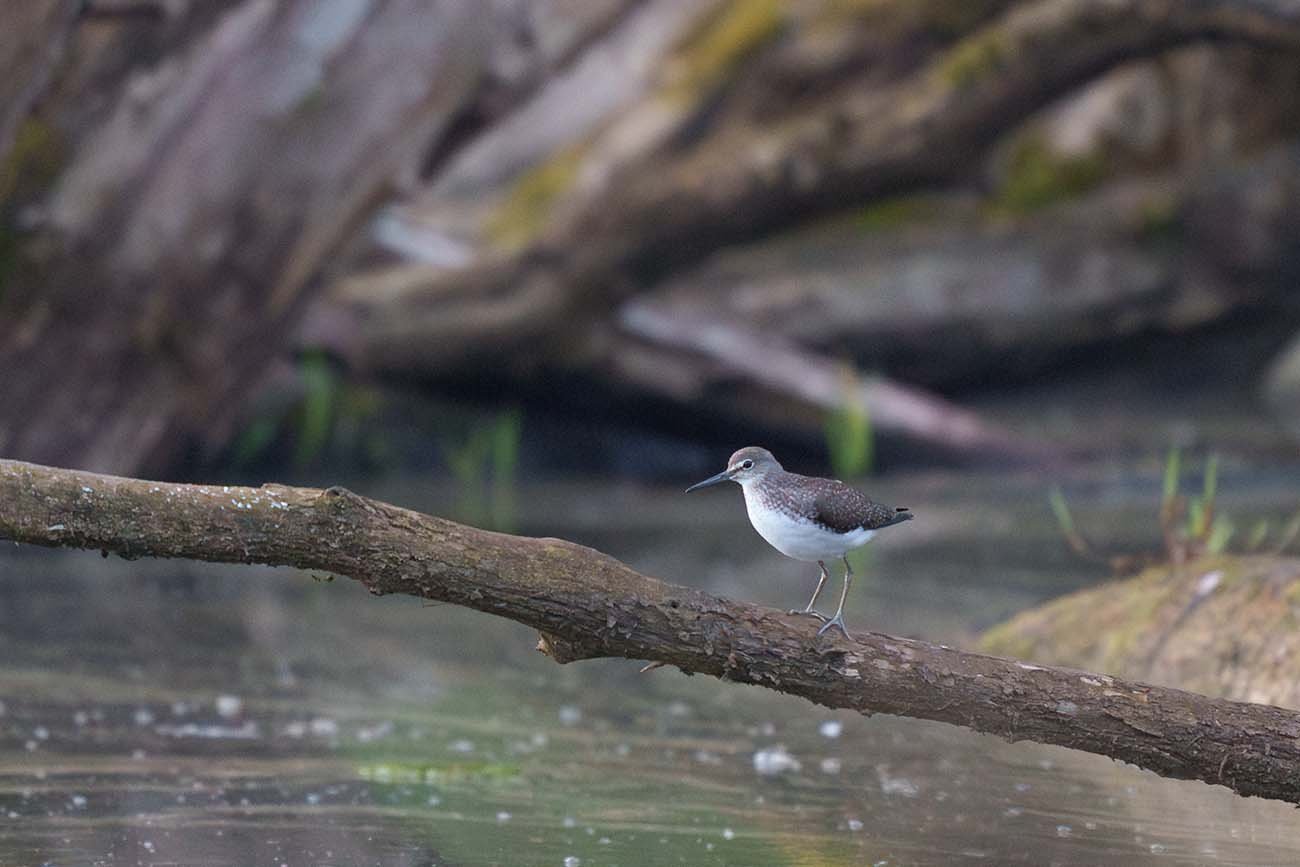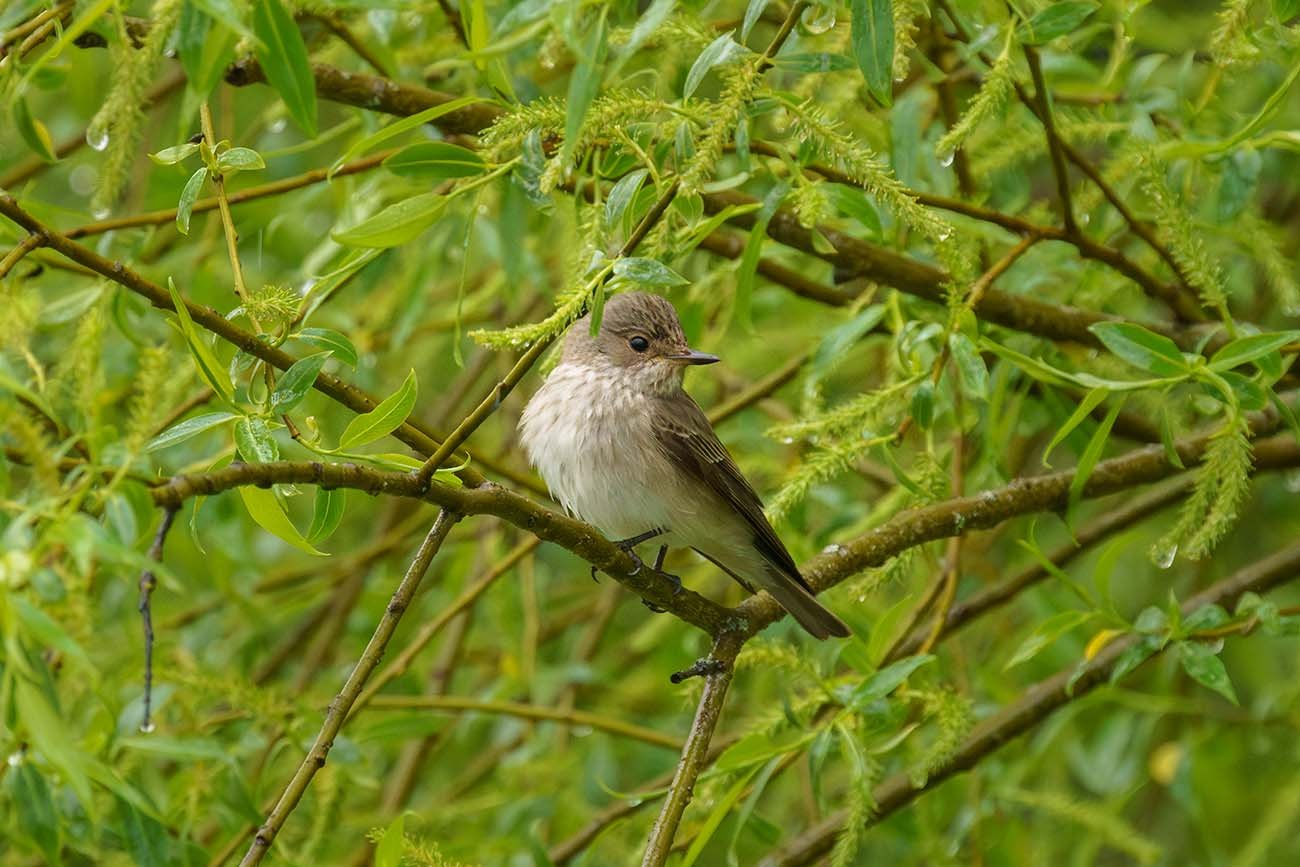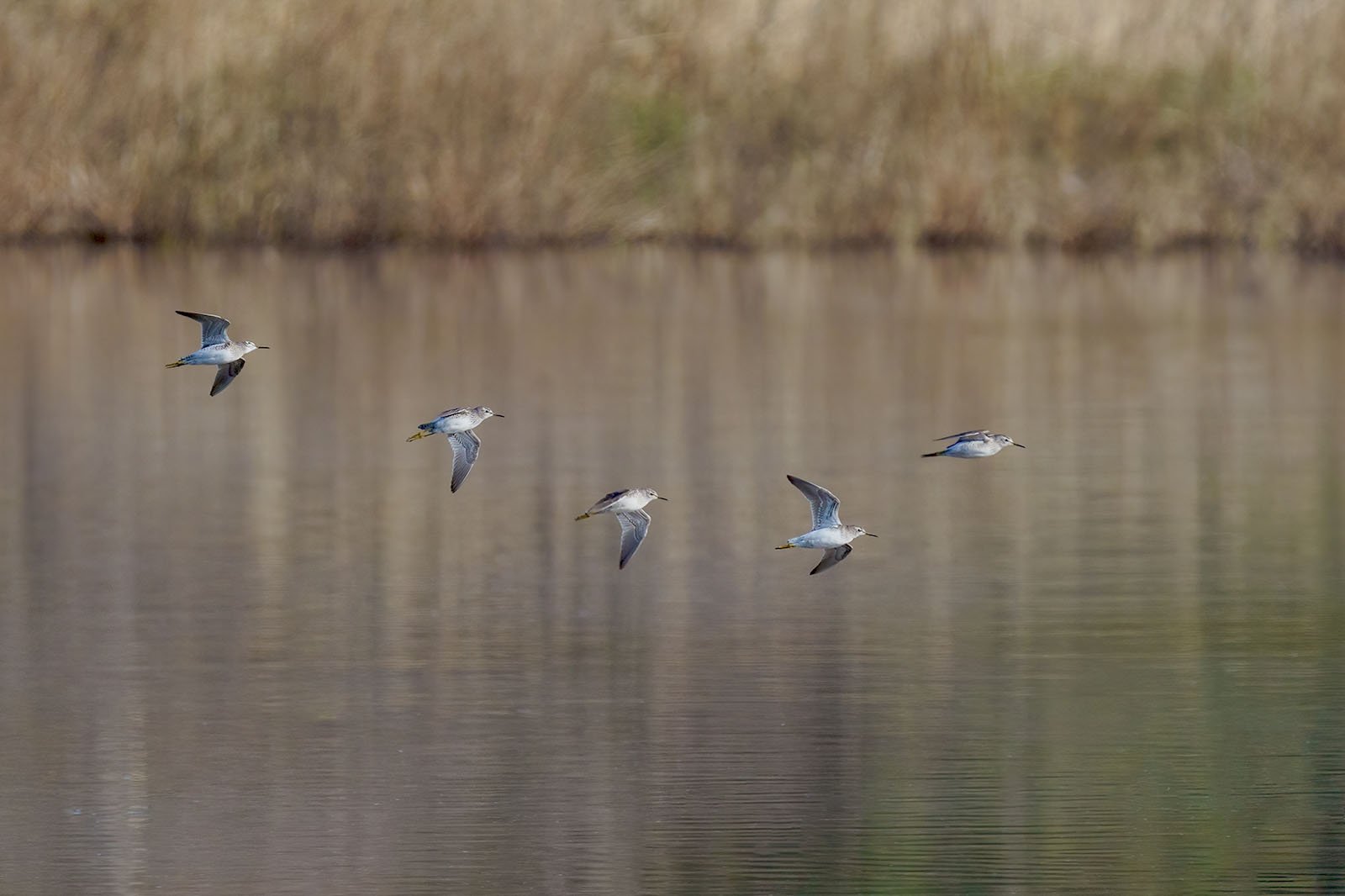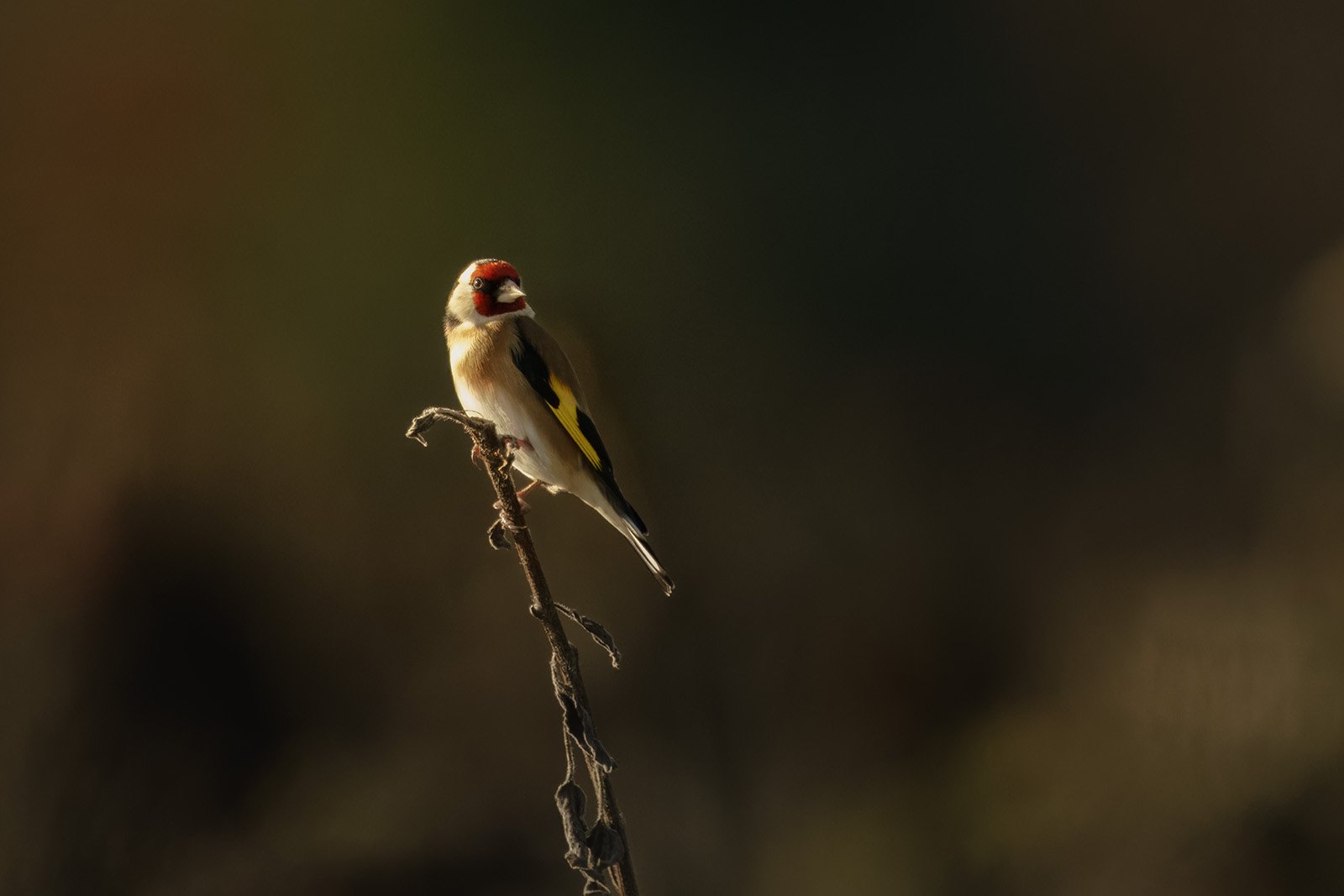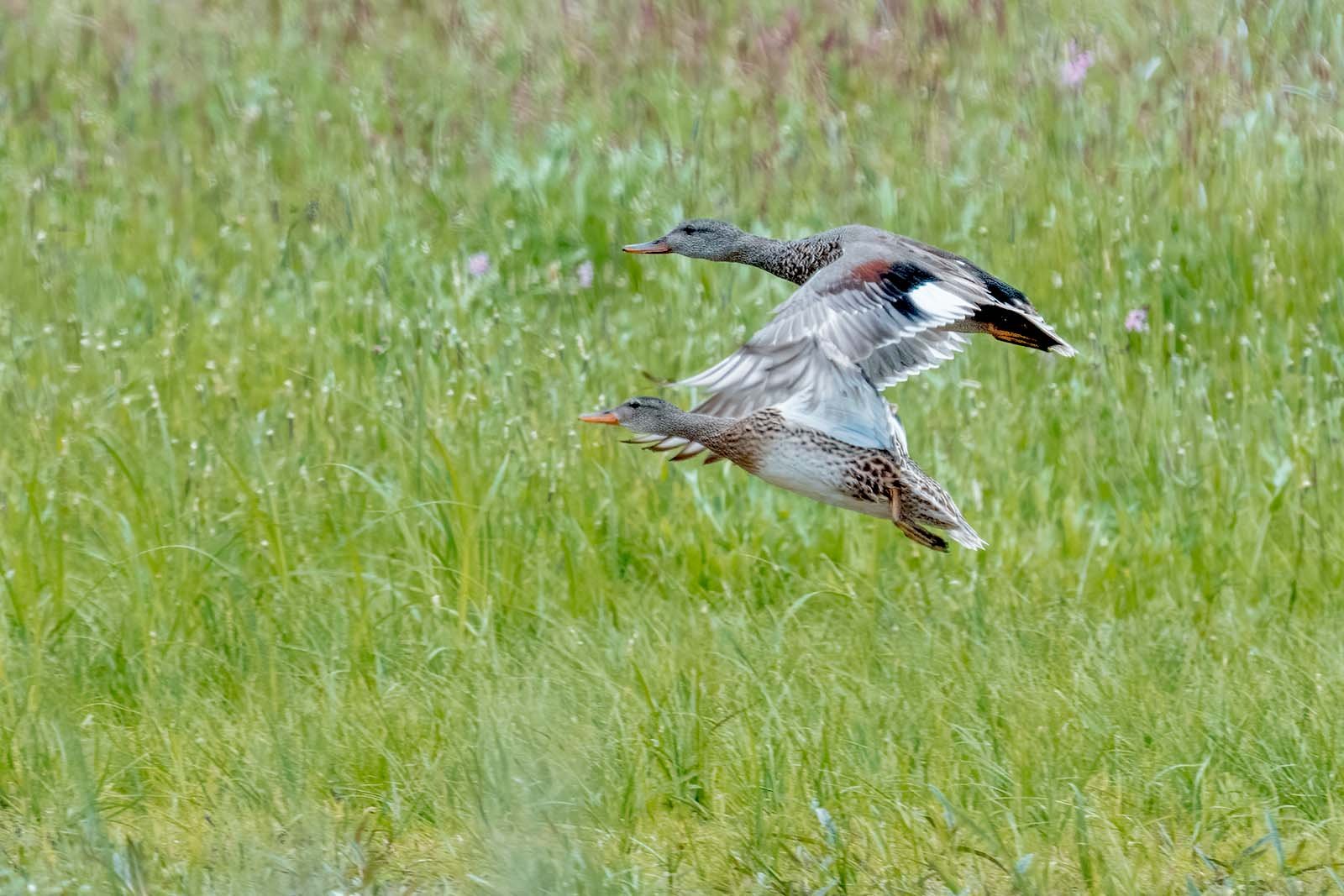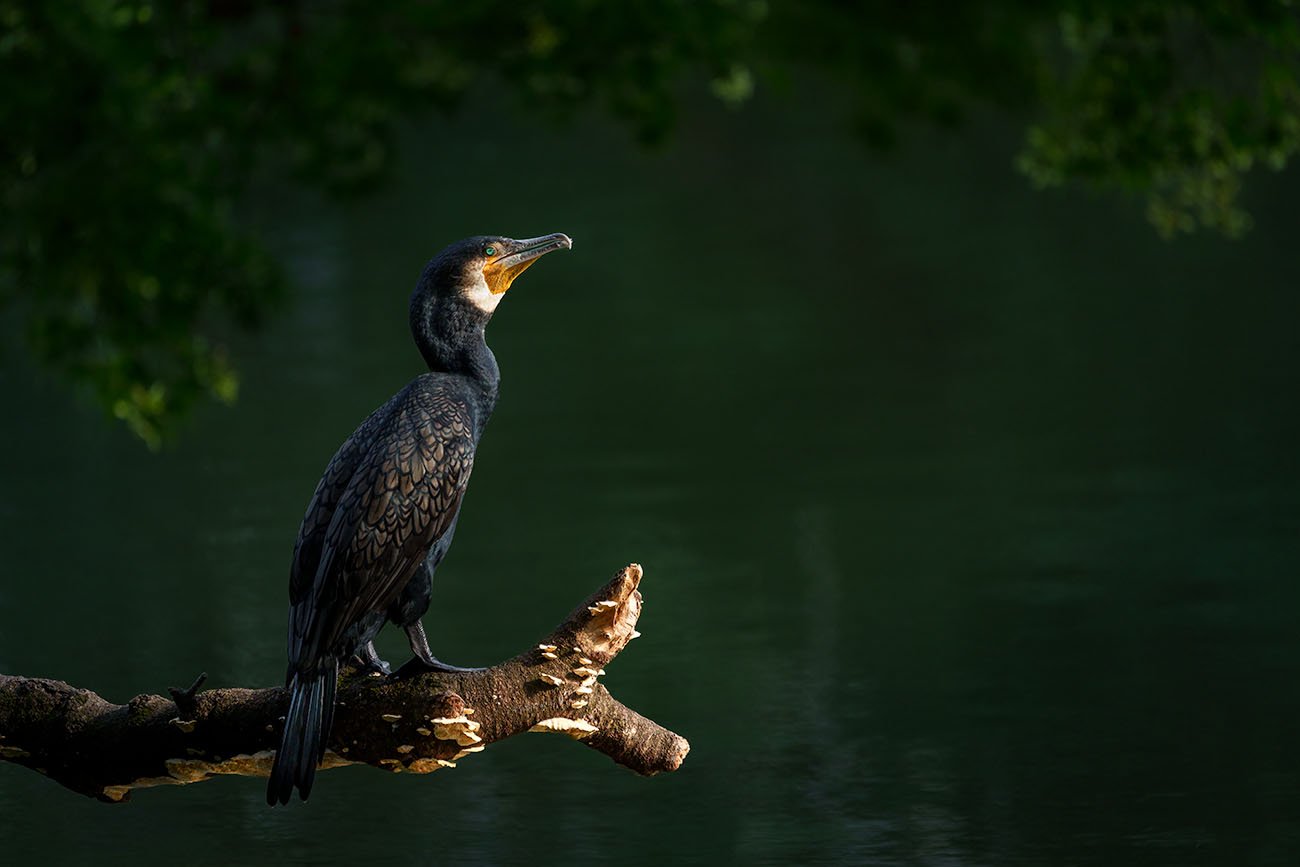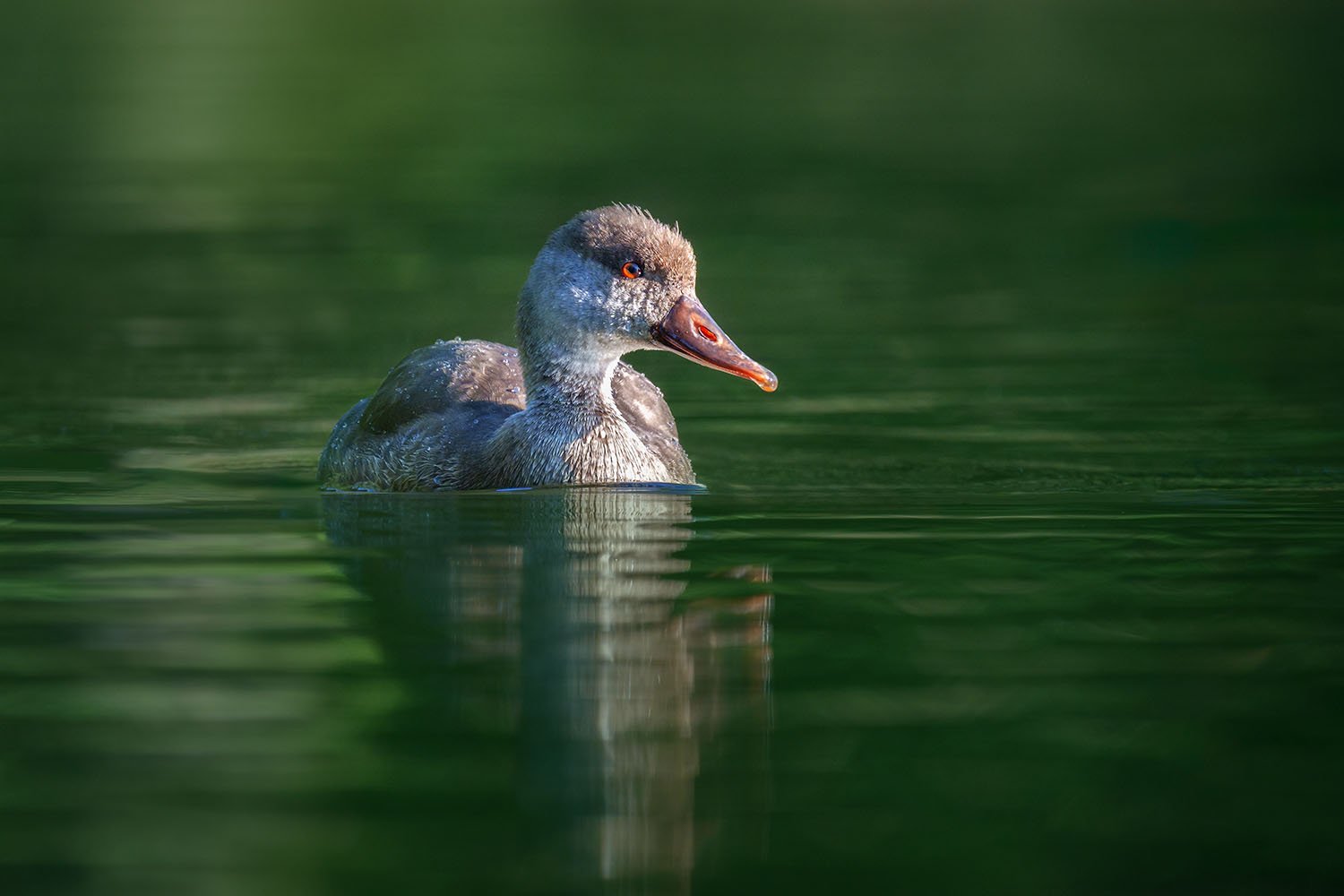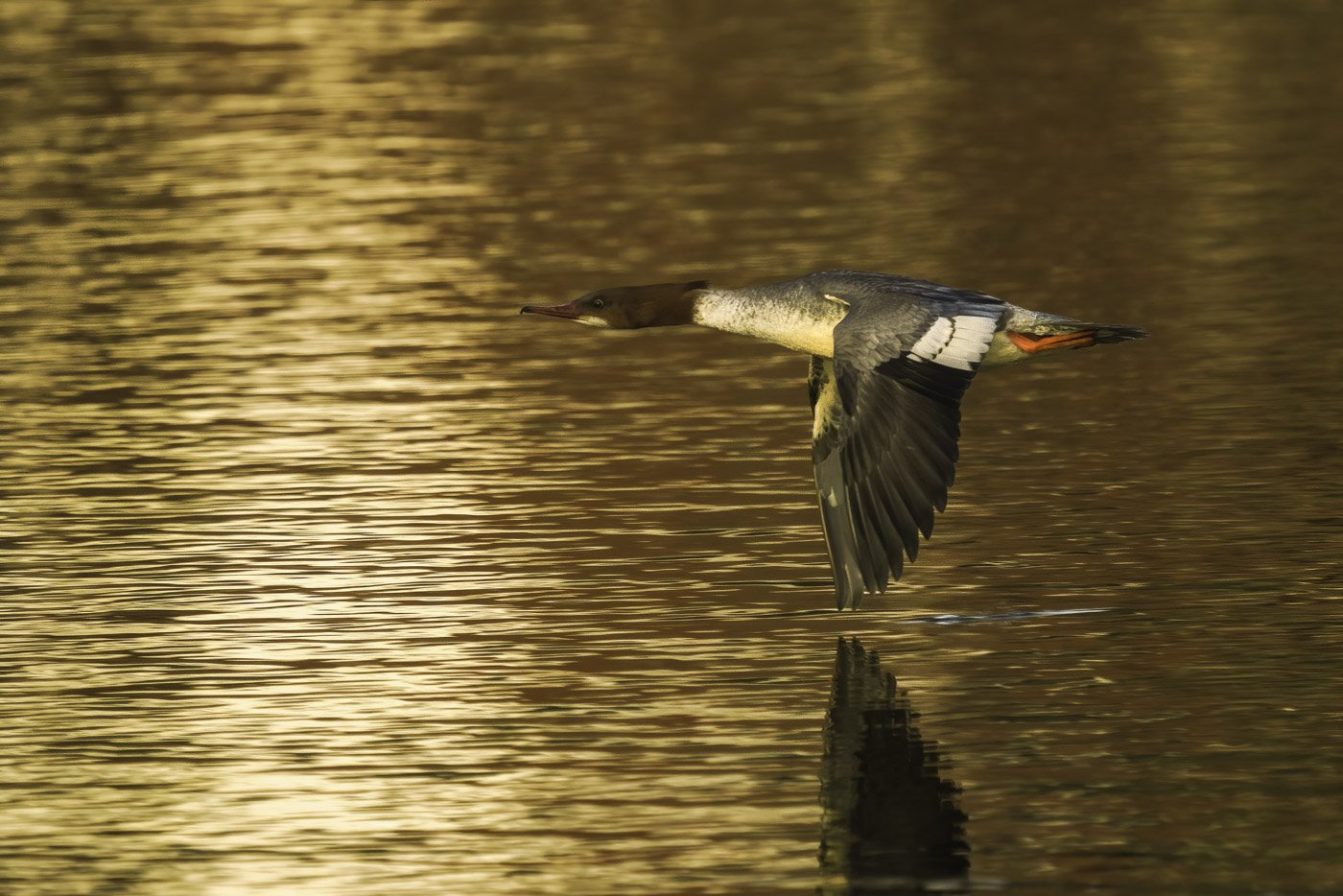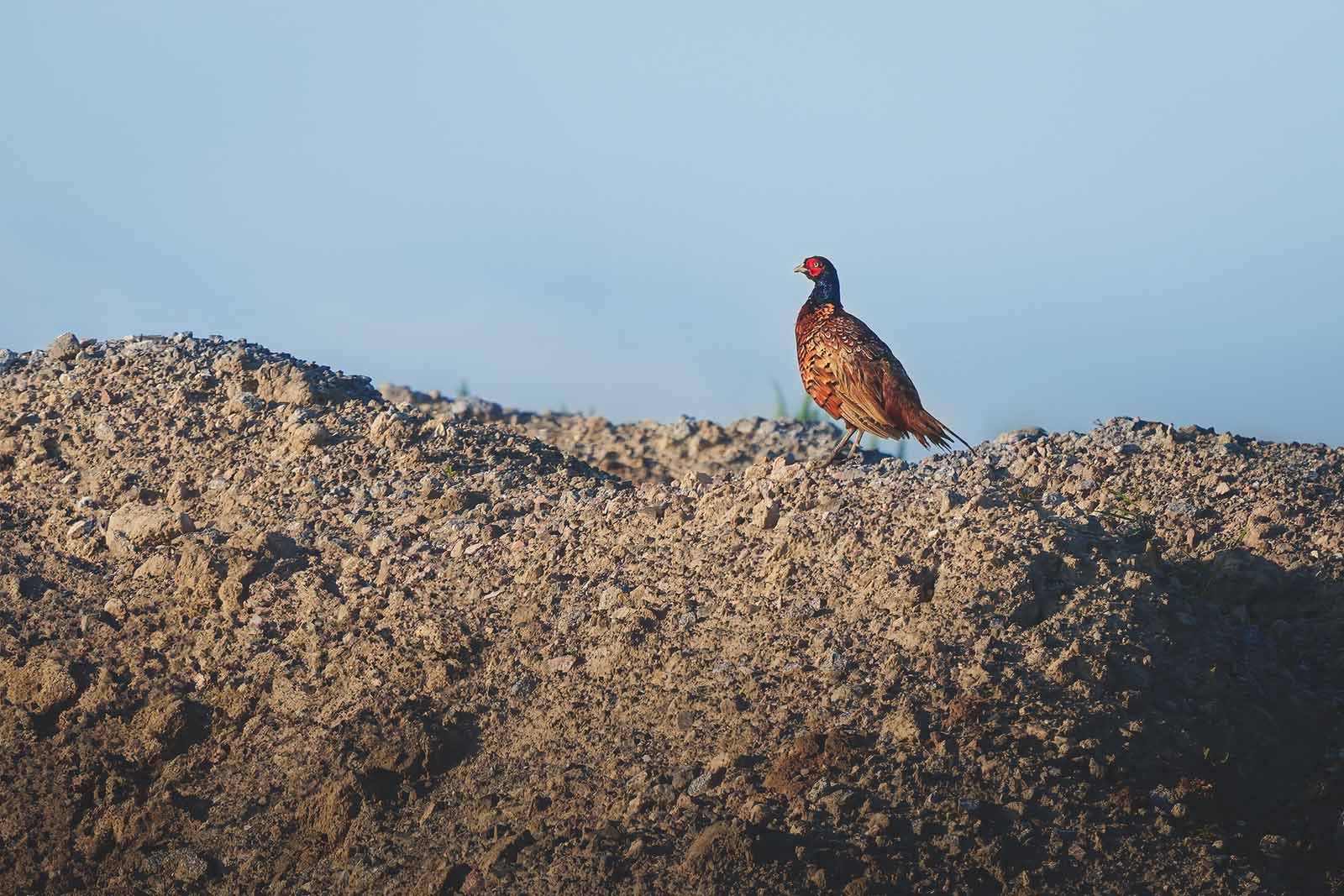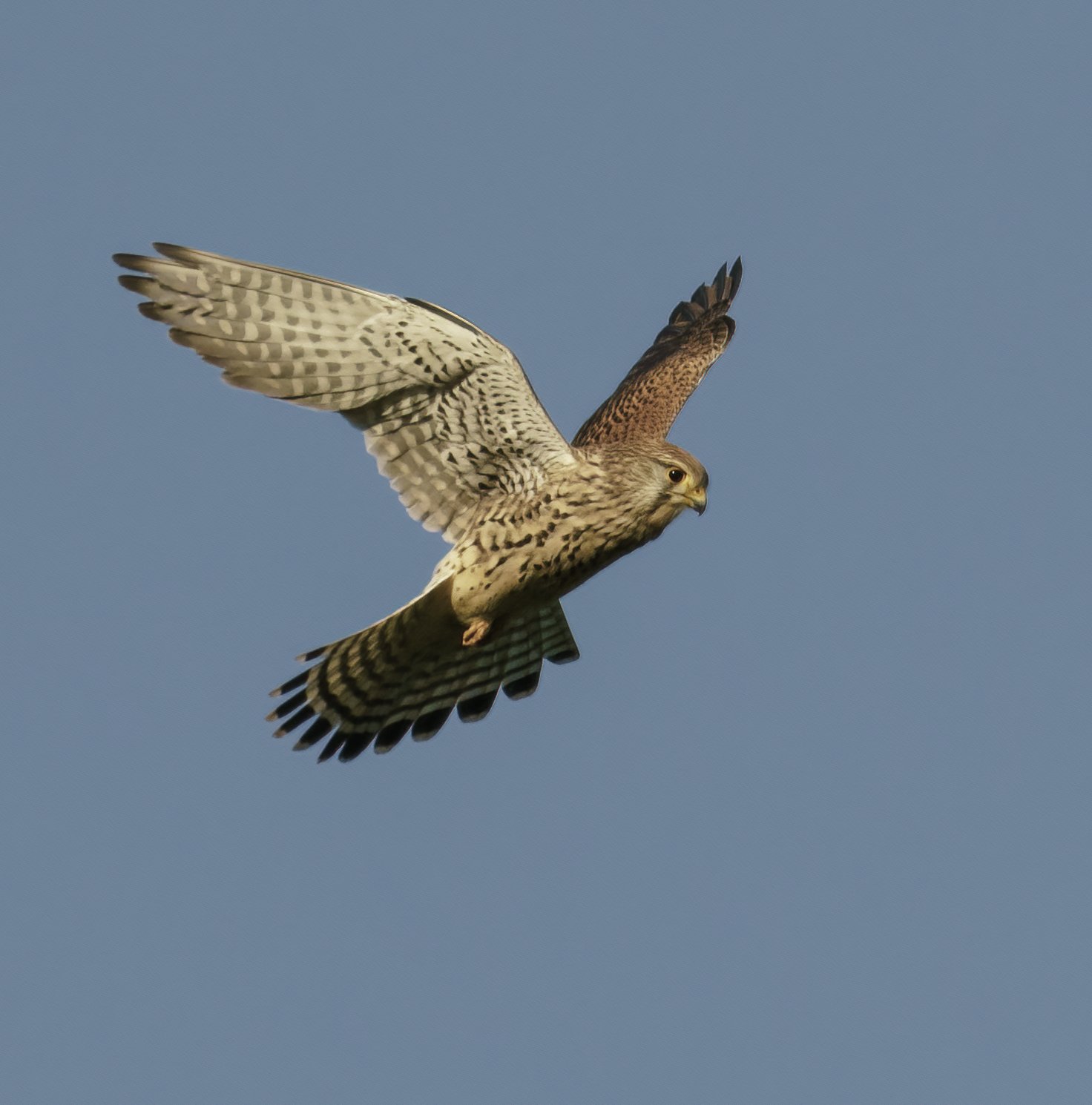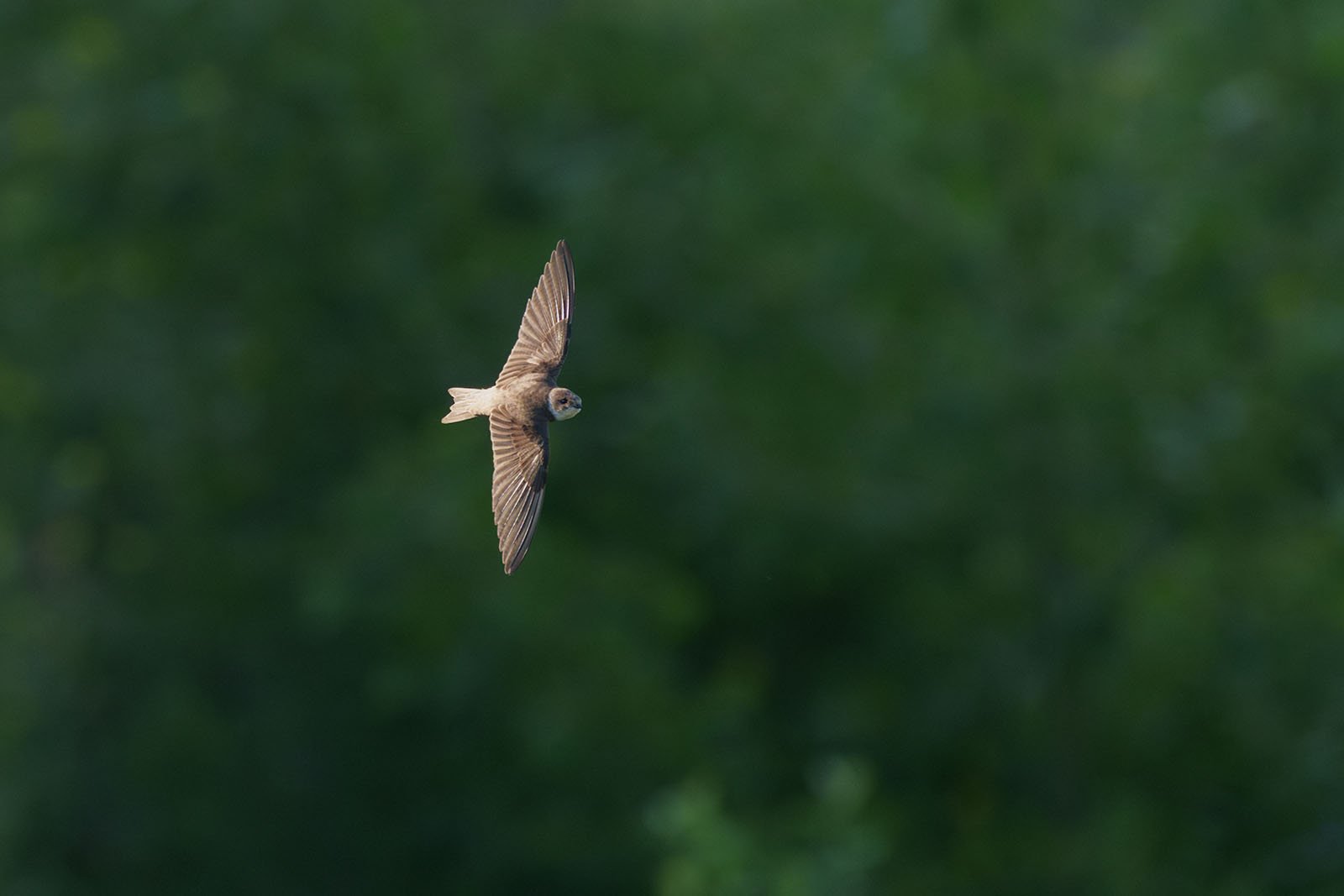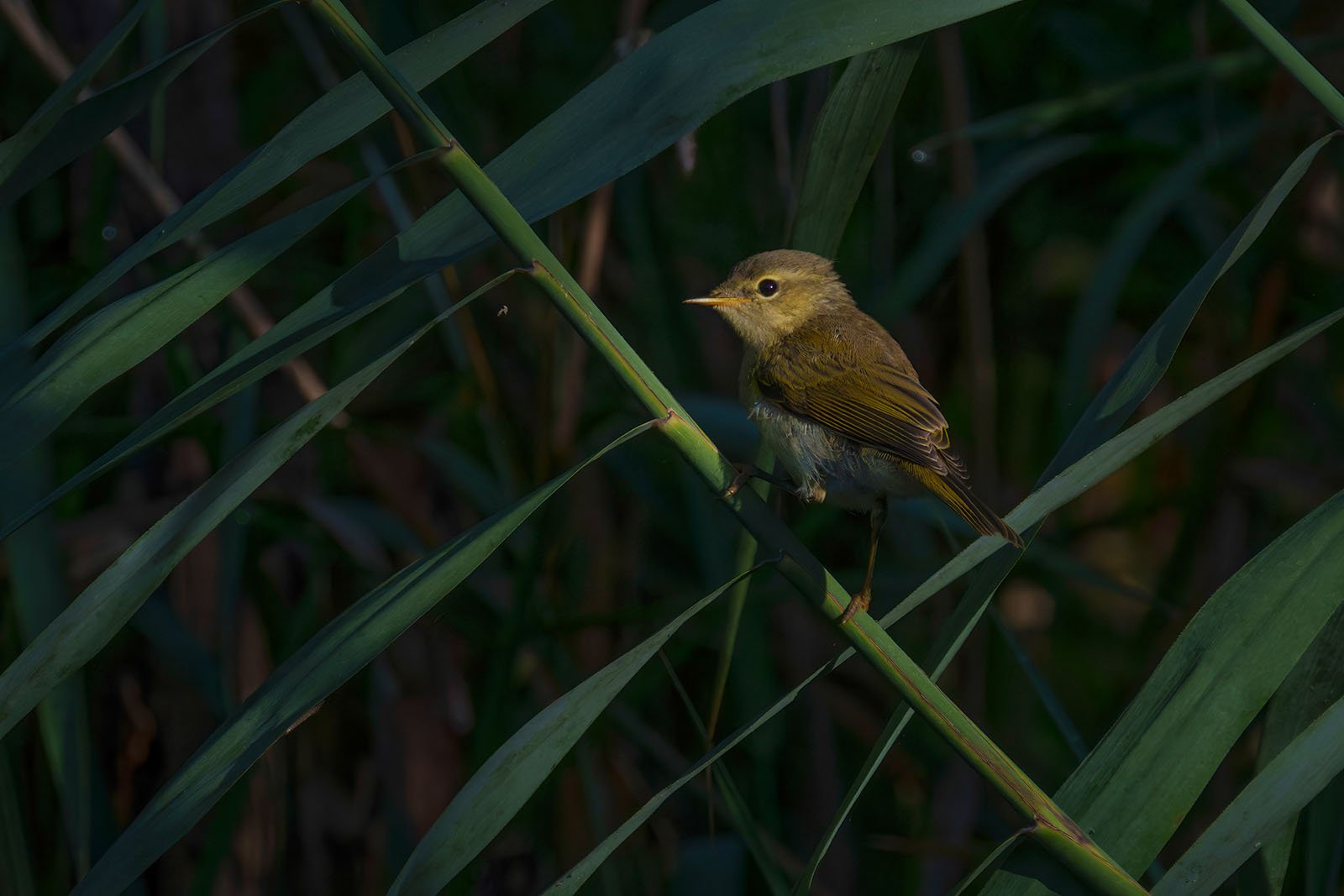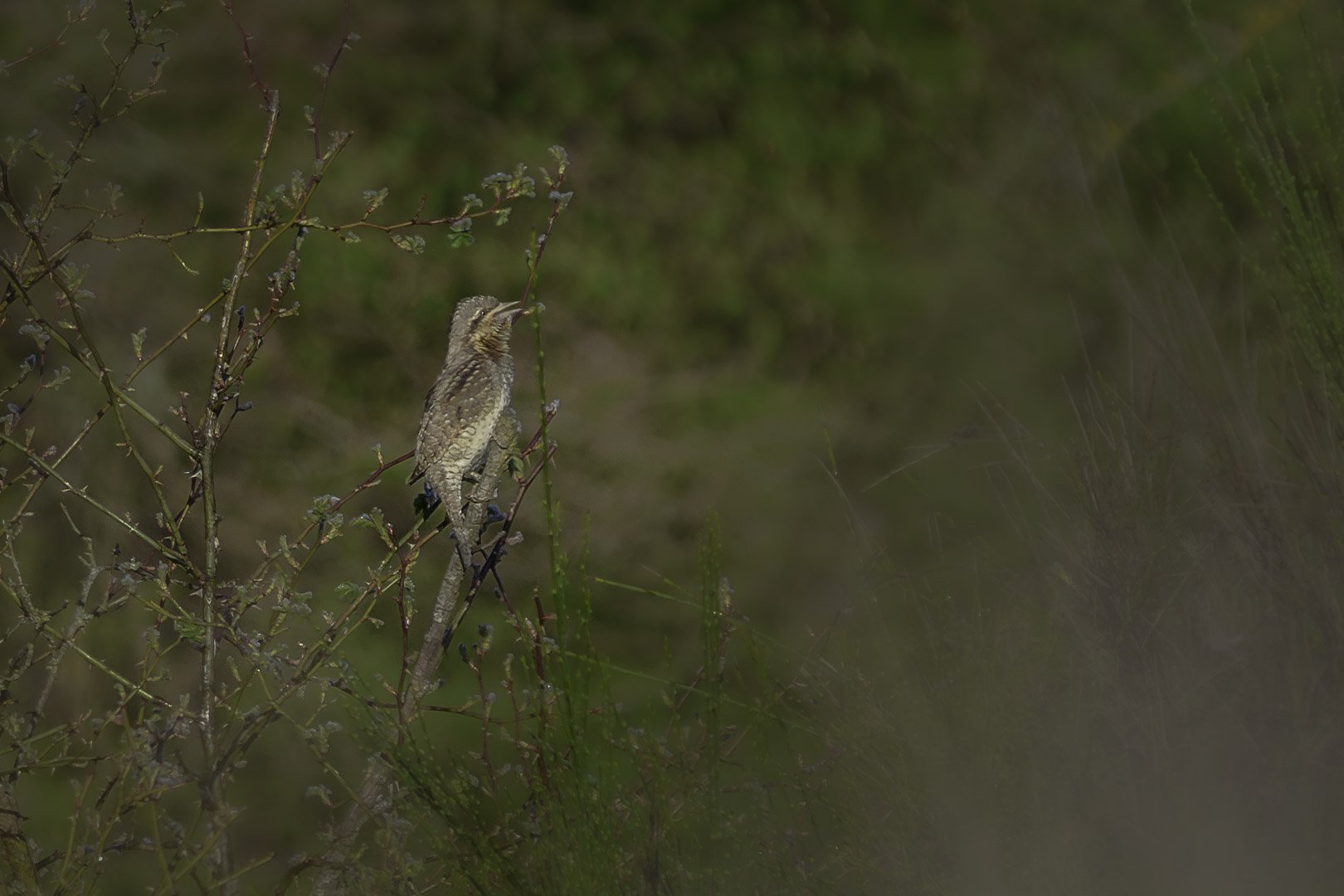Greenfinch (Chloris chloris)
European greenfinches (Chloris chloris) on a withered sunflower head
Greenfinch: The Green Garden Visitor
Learn all about the Greenfinch – its bright feathers, habitat, diet, and breeding season. Perfect for birdwatchers of all levels!
Table of Contents
- Key Facts About the Greenfinch
- Description of the Greenfinch
- Habitat and Distribution
- Breeding
- Diet
- FAQ About the Greenfinch
- Shortlist – Color Features
Key Facts About the Greenfinch
Here are the most important facts:
- Size: 14–16 cm (about 5.5–6.5 inches)
- Features: Olive-green feathers with bright yellow wing and tail edges
- Special Traits: Strong, cone-shaped beak; males are brighter than females
- Habitat: Europe, North Africa, and Asia; forests, gardens, parks, and open areas
- Breeding Season: April to July
- Eggs Per Nest: 4–6 eggs
- Diet: Seeds, berries, buds; insects in summer
Description of the Greenfinch
Size and Build
The Greenfinch is a medium-sized songbird, about 14 to 16 cm long. It has a compact and strong body, and its thick, cone-shaped beak is perfectly designed for eating seeds.
Distinctive Features
The Greenfinch’s feathers are mainly olive-green, with males having brighter colors than females. Bright yellow edges on the wings and tail make them easy to spot, especially when flying. Females and young birds are duller in color, blending in well with their surroundings for safety.
Special Details
- Beak: Beige to gray, strong, and cone-shaped, ideal for cracking seeds.
- Eyes: Small, round, and dark brown, giving the bird an alert look.
- Legs: Slim but strong, pale pink to light brown in color.
Habitat and Distribution
Where Greenfinches Live
Greenfinches are very adaptable and live in a variety of places, including forests, gardens, parks, and open landscapes. They are often seen near humans and love visiting bird feeders.
Range
Greenfinches are found in Europe, North Africa, and parts of Asia. They thrive in both cities and rural areas, making them easy to observe.
Breeding
Nesting and Raising Chicks
The Greenfinch’s breeding season runs from April to July. During this time, they build hidden nests in hedges, bushes, or trees. Each nest contains 4–6 eggs. The female incubates the eggs for 13–14 days, while the male brings food.
Young Birds
Once the chicks hatch, both parents feed them. The young birds stay in the nest for about two weeks before they are ready to leave.
Diet
Seasonal Eating Habits
- Winter: Greenfinches eat mostly seeds, such as those from thistles, grasses, and sunflowers.
- Summer: They also eat berries, buds, and insects, especially during the breeding season when they need extra energy.
At Bird Feeders
Greenfinches love sunflower seeds, which makes them common visitors at backyard feeders.
FAQ About the Greenfinch
1. Where can I see Greenfinches?
You can find them in gardens, parks, and forests. They are often seen at bird feeders.
2. Why are male Greenfinches brighter than females?
Males use their bright colors to attract females, while the duller colors of females help them stay hidden from predators.
3. What do Greenfinches eat in summer?
They eat berries, buds, and insects, along with seeds.
4. How long do chicks stay in the nest?
Chicks stay in the nest for about two weeks before they learn to fly.
5. Why do Greenfinches visit bird feeders?
They love seeds, especially sunflower seeds, which are often found in feeders.
Shortlist – Color Features:
- Males: Bright olive-green with yellow wing and tail edges.
- Females: Duller, with more gray and brown tones for camouflage.
- Wings: Bright yellow edges, easy to spot in flight.
- Beak: Strong, cone-shaped, beige to gray.


